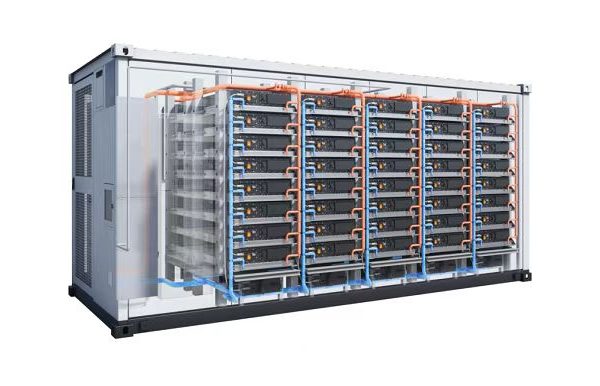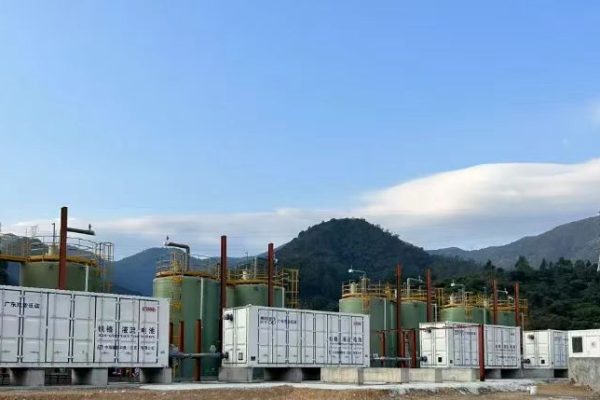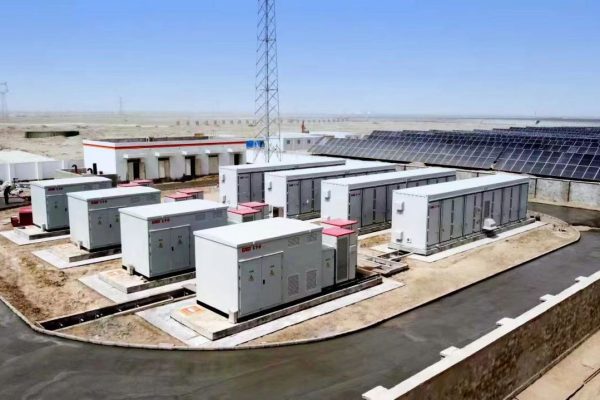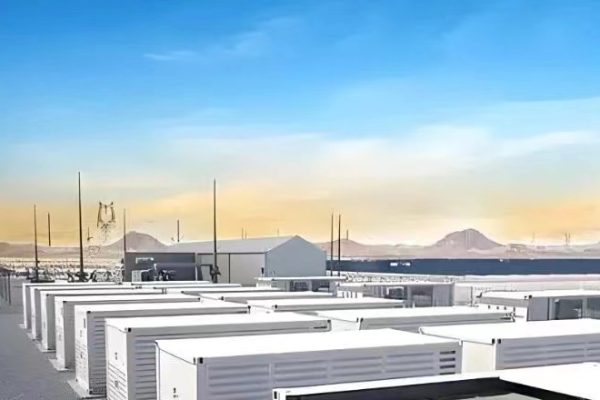Why System-Level Integration Wins in SME Solar + Storage Projects
In today’s fast-moving solar + storage market, particularly for small to medium-sized projects, the demand is no longer just for components. Buyers want convenient, pre-integrated, all-in-one systems that reduce installation time, minimize errors, and streamline procurement.
This article explores the advantages of offering pre-integrated hybrid PV + battery solutions, especially for EPCs, distributors, and international traders serving light C&I or large residential markets.
🌐 What Is a Pre-integrated All-in-One Solution?
An “all-in-one” solution typically includes:
- Hybrid inverter (single/three-phase)
- Battery pack (LFP or other chemistry)
- Cabinet or wall-mount enclosure
- Integrated EMS or BMS
- Prewired connections, pretested communication
Sometimes it may also feature:
- PV combiner box, AC breakers, or MPPT tracking
- Remote monitoring and modular expansion interface
It’s a system, not a set of parts.
⚡ Advantage 1: Faster Installation = Lower Labor Cost
Time on-site equals money.
All-in-one systems can:
- Be installed in 2–4 hours vs. 1–2 days for discrete setups
- Come with plug-and-play wiring and preset configurations
- Require less on-site commissioning, as settings are tested in factory
🛠 Example:
An installer in the Philippines saved 60% installation time by switching from standalone batteries + inverters to a 20 kW all-in-one unit with cabinet.
📦 Advantage 2: Simplified Logistics and Inventory
Instead of sourcing:
- Inverters from Vendor A
- Batteries from Vendor B
- EMS from Vendor C
…you now stock one SKU that includes everything.
This reduces:
- Customs delays from multiple boxes
- Version mismatches (firmware/protocol)
- Time wasted in warehouse sorting and bundling
📌 For overseas buyers, pre-integration reduces technical uncertainty and import coordination hassle.
🔌 Advantage 3: Pre-tested Communication = Fewer Errors
Compatibility between:
- Inverter ↔ Battery
- Inverter ↔ EMS
- EMS ↔ BMS
…can be a nightmare when brands mix.
With a pre-integrated solution:
- All devices are tested under load before shipping
- Default protocols (CAN/RS485) are already matched
- Fewer on-site errors and troubleshooting headaches
📉 This dramatically reduces the need for field tech support.
🧠 Advantage 4: Simpler Training and After-Sales Support
EPCs and installers don’t want to learn five platforms.
With a unified solution:
- Training can be done in a single 2–3 hour session
- The same platform supports remote diagnostics and firmware updates
- Support manuals, troubleshooting charts, and spare parts are consolidated
This makes it easier to scale your support operations across multiple countries or teams.
💬 Advantage 5: Easier to Sell to Non-technical Buyers
Many commercial buyers (e.g., shop owners, school admins, agri-processors) don’t know the difference between:
- DC bus voltage
- SOC hysteresis
- PV input range
But they understand:
- “This unit provides 6 hours backup”
- “You can expand battery later”
- “We install it in one day”
All-in-one systems help you communicate value in simple terms.
📈 Advantage 6: Higher Perceived Value and Margin Control
Bundled solutions allow for:
- System-level pricing, not component-by-component negotiation
- Improved margin protection, as fewer buyers can “DIY-compare” parts
- Better differentiation from low-end competitors
This positions your business more like a solution provider than a parts vendor.
🛒 Tip: Highlight benefits in your offer sheets:
✅ Pre-integrated hybrid system
✅ Expandable up to 80 kWh
✅ Preconfigured EMS dashboard
✅ 48-hour install time
🧩 Use Case Examples
| Use Case | Solution | Value Proposition |
|---|---|---|
| Remote school | 10 kW all-in-one + 20 kWh battery | 6–8 hours backup, safe & quiet |
| Retail shop in city | 15 kW wall-mounted unit | Self-consumption + UPS |
| Poultry farm (off-grid) | 30 kW cabinet + modular battery | Generator replacement |
Each use case becomes a repeatable sales story.
✅ Key Features to Include in Your Pre-integrated Offering
When selecting or designing an all-in-one product line, look for:
- Internal BMS + inverter communication
- EMS logic for load shifting, peak shaving, backup
- Cooling system for hot regions (fan or passive)
- Modular battery expansion interface
- Display and remote control app
- Compliance labels (CE, IEC, UL if needed)
Don’t forget to build marketing visuals: one-line diagrams, use case photos, commissioning SOPs.
🔚 Final Thoughts
Selling all-in-one systems isn’t just about convenience—it’s about control:
- Control over quality
- Control over performance
- Control over installation risk
- Control over your customer’s experience
In emerging markets, especially where skilled labor is limited and downtime is costly, pre-integrated solutions are a competitive edge—and a business enabler.









